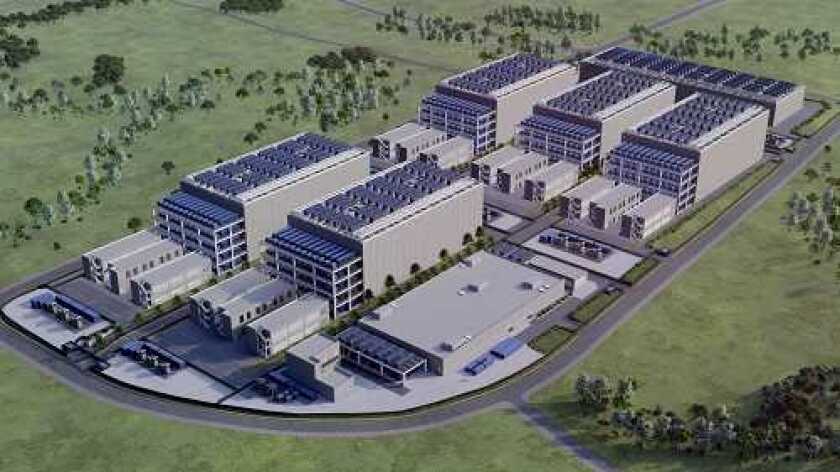The initial 60MW phase of the campus is targeted to open in late 2021 to support anchor customer demand.
AirTrunk TOK1 will be scalable to over 300 MW, allowing public cloud customers the ability to scale rapidly to support their growing capacity requirements in Japan.
The facility is the company’s sixth in the Asia-Pacific (APAC) region, bringing its platform to a total capacity of more than 750 MW across five tier one markets.
Founder and CEO of AirTrunk, Robin Khuda, said Japan is poised for a huge acceleration to the cloud.
“Japan is a highly developed market with strong international connectivity, underpinning its position as a technology and data centre hub in Asia,” said Khuda.
“The rapid increase of cloud adoption in Japan will be enabled by critical infrastructure, including hyperscale data centres like TOK1.
“TOK1 is part of our ongoing commitment to deliver secure, reliable, scalable, and cost-effective infrastructure for our cloud customers in key Asia-Pacific markets.
“We’re ensuring operational excellence and a consistent experience for our customers across our data centre platform.
AirTrunk’s Head of Japan, Nori Matsushita, said that the local Japanese team will leverage AirTrunk’s global data centre expertise and regional standards gained from its hyperscale data centre developments in Sydney, Melbourne, Singapore, and Hong Kong.
“AirTrunk’s unique construction methodologies, safety track record and commitment to providing an efficient and sustainable digital ecosystem will be key to our success in Japan. We look forward to working with our partners to deliver this enormous data centre in Inzai,” he added.
Japanese construction conglomerate, Daiwa House, has been appointed as the general contractor and will also take a stake in the project.
TOK1 will include seven buildings set across more than 13 hectares of land, and it is the newest addition to AirTrunk’s growing hyperscale data centre platform, which includes facilities in Sydney West (130 MW), Sydney North (110 MW), Melbourne (130 MW), Singapore (60 MW) and Hong Kong (20 MW).





